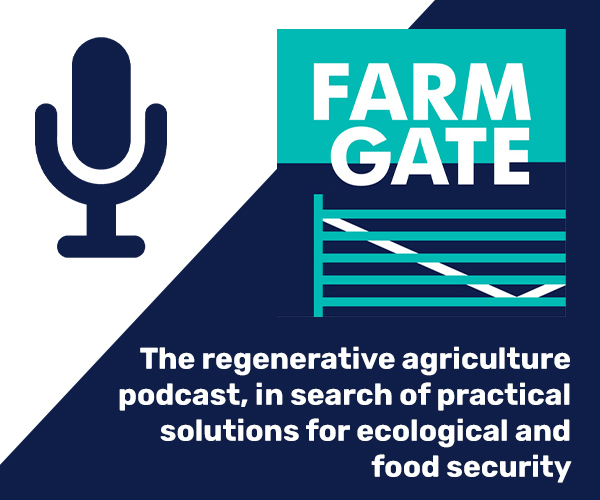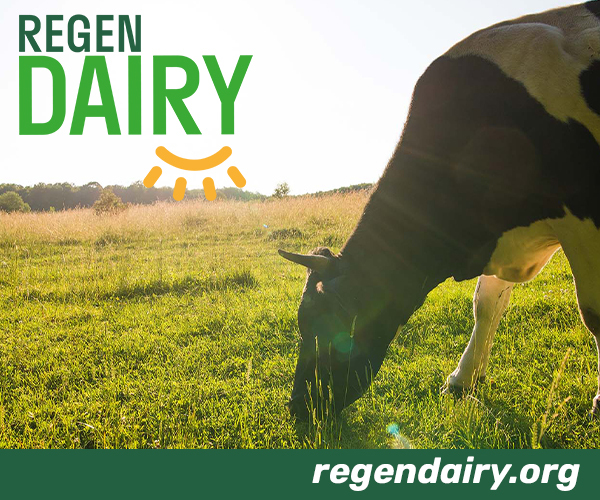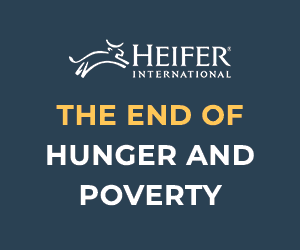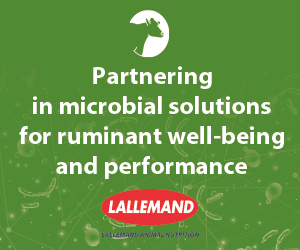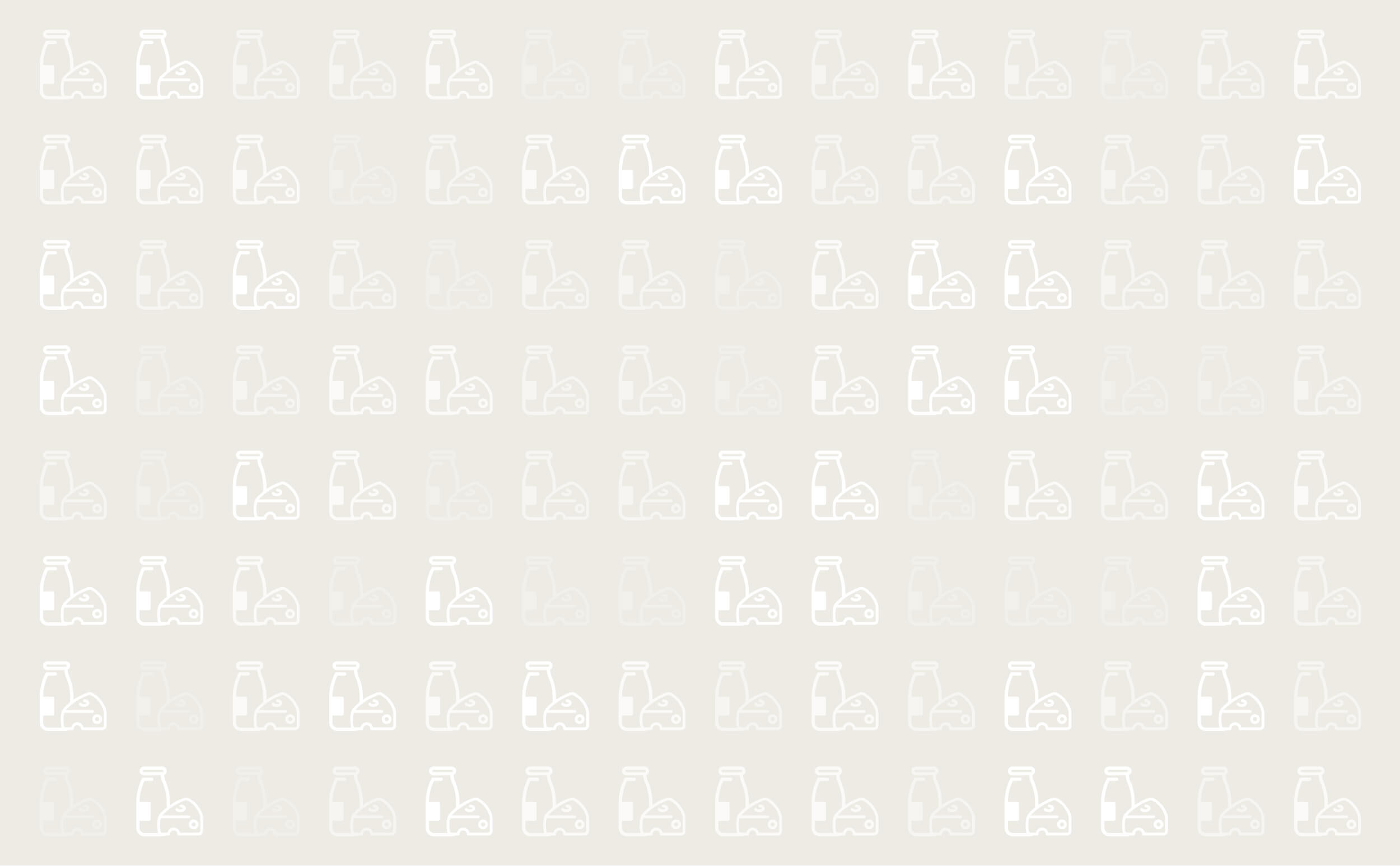



Rotaviral Diarrhoea
Cause
Rotaviruses are the most common cause of neonatal diarrhoea in calves. Bovine rotavirus is a non-enveloped RNA virus that belongs to the family Reoviridae. The virus is present in most cattle herds and typically causes diarrhoea in calves between 5 to 14 days old. Clinical disease in calves older than one month is rare. However, periodic asymptomatic re-infection and shedding occurs in older cows and calves.
Symptoms
Rotaviral diarrhoea usually affects calves between four days to three weeks old. Pale yellow diarrhoea is common, sometimes with mucour and blood flecks. Calves are dull, and reluctant to drink.The diarrhoea usually lasts four to eight days. Over this time calves can become dehydrated and pick up secondary infections.
Treatment
Oral fluids are the most important line of treatment. They prevent dehydration, correct acidosis, and lost salts. The best electrolytes are far
more than just a salt and glucose solution. Ask your veterinarian for advice as to the which oral fluid to use.
The best method of administration of oral fluids is allowing the calf to drink the electrolyte solution naturally, as electrolyte given by stomach tube may be deposited in the rumen and remain there, delaying absorption. If the calf is not drinking, stomach tubing is indicated. If the calf collapses then intravenous fluids should be given.
Antibiotics: The use of antibiotics to treat calf diarrhoea is controversial, particularly if rotavirus is the main cause. Antibiotics will not kill the virus, but they can reduce secondary bacterial infection. Antibiotics are probably best used when the calf does not respond well to oral fluids.
Other drugs: There is little evidence that the myriad of compounds used to treat diarrhoea have any significant economic benefit.
Prevention
Prevention is the key.
Hygiene: This is vital, with disinfection between calves being essential. Keeping calves in hutches outside can significantly reduce the incidence of diarrhoea, probably because the rotation of calves around the field prevents the build-up of pathogens.
Colostrum: Early immunity in new-born farm animals depends almost entirely on their obtaining antibodies via colostrum. The transfer of colostral antibodies is the single most important form of protection of the new-born calf. Although the calf is capable of responding to virus infection, such responses are delayed and often ineffective. Thus ensuring that the calf receives sufficient colostrum (at least two litres within six hours) is vital in the control of calf diarrhoea. However, this protection lasts for only three to four days, so only reduces rather than eliminates rotaviral diarrhoea. Continued colostrum feeding can extend this period and thus reduce the risk of rotaviral diarrhoea.
Vaccination: Vaccines are available for giving to the dam to increase the amount of rotavirus antibodies in the colostrum. The levels of antibodies in the colostrum of vaccinated calves are high enough to result in a protection period of at least seven days if given within 12 hours of birth. For farms with a severe rotaviral problem, continued feeding of colostrum from vaccinated dams can extend this period still further.


